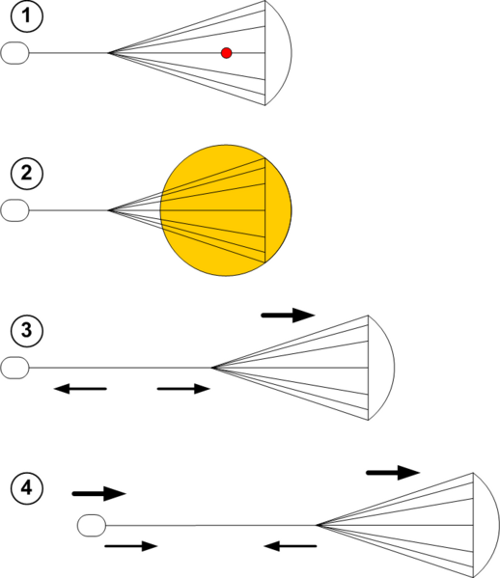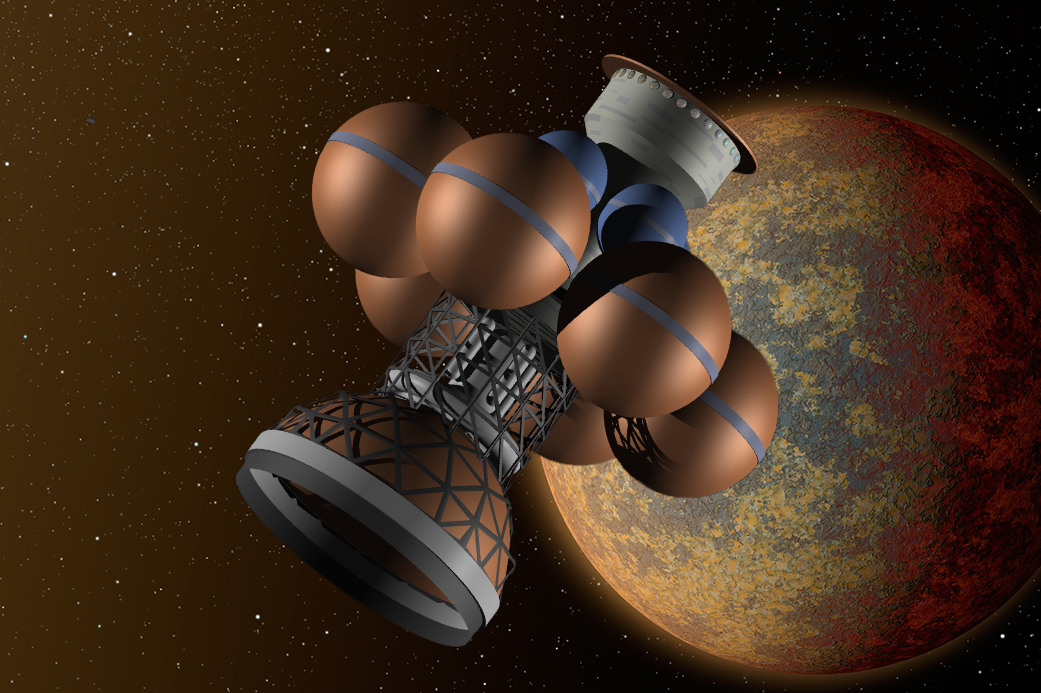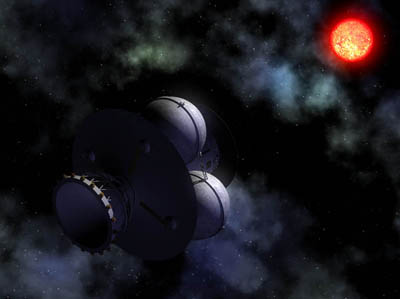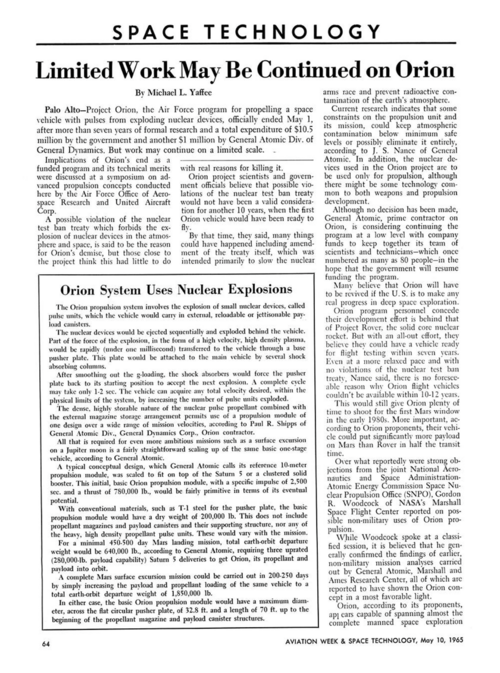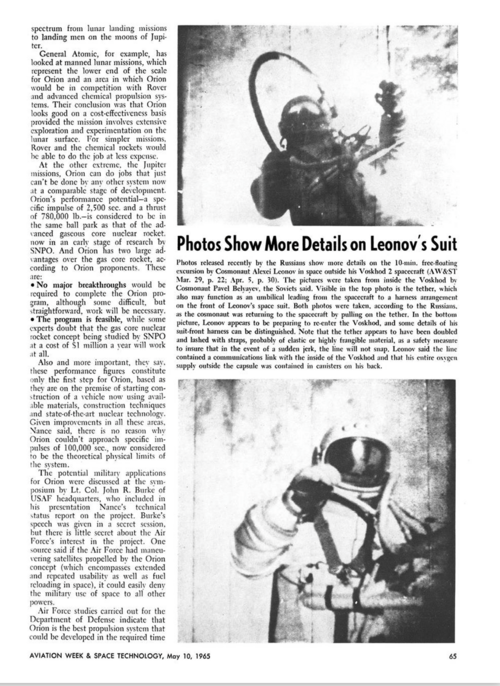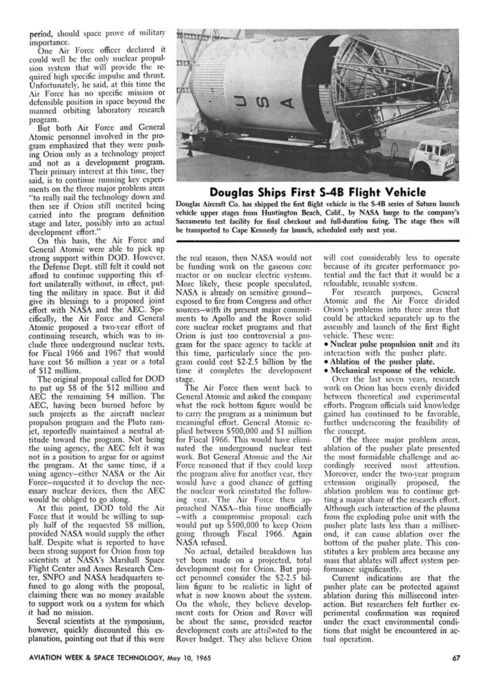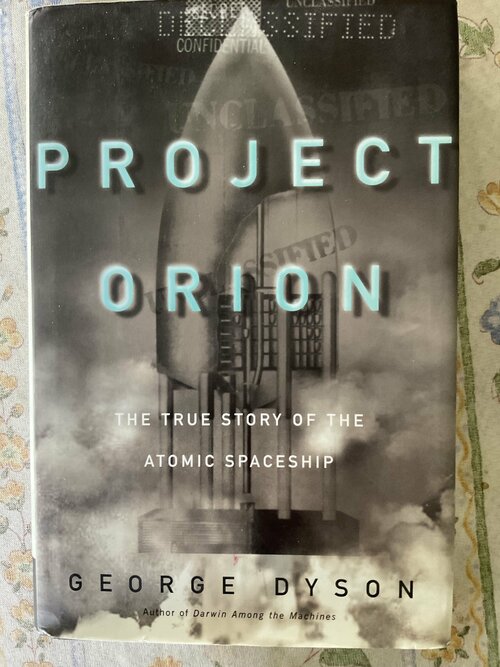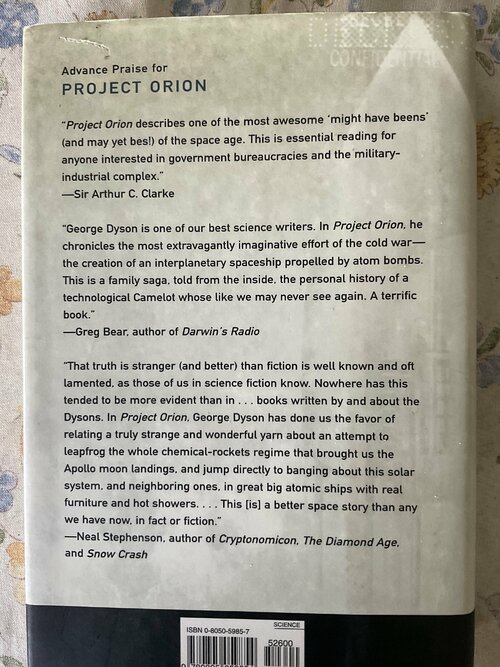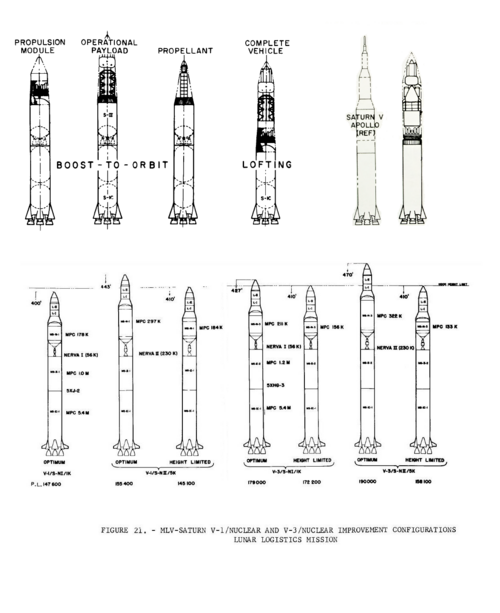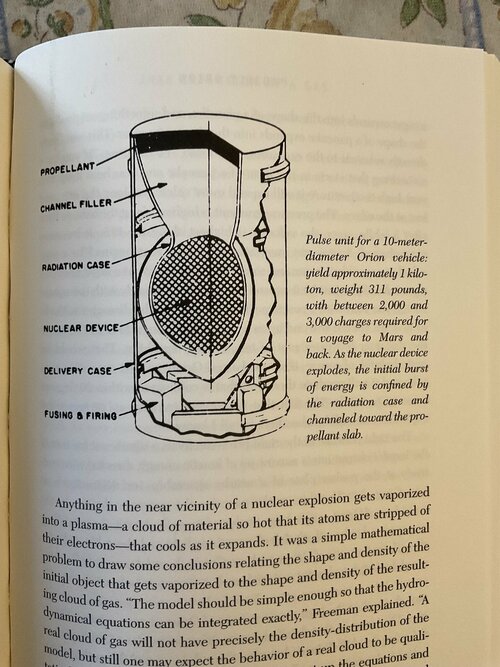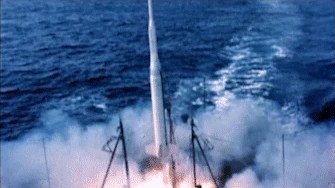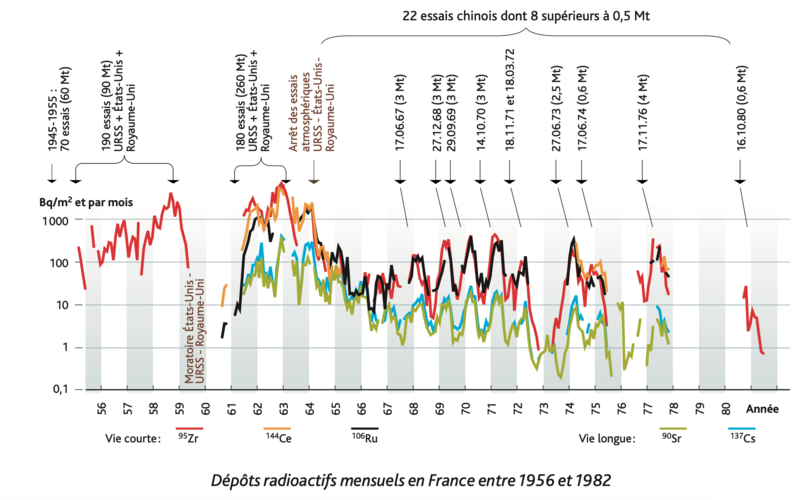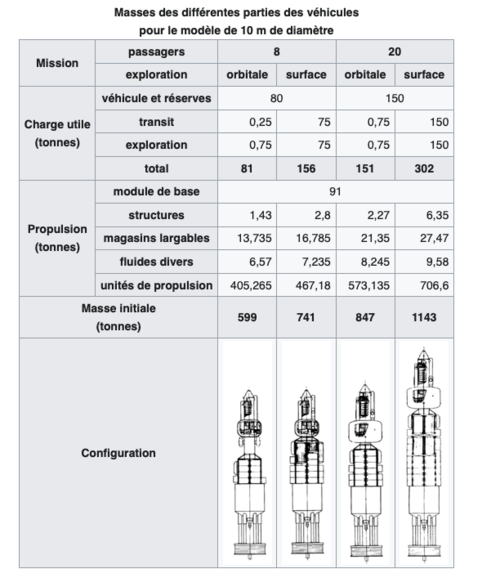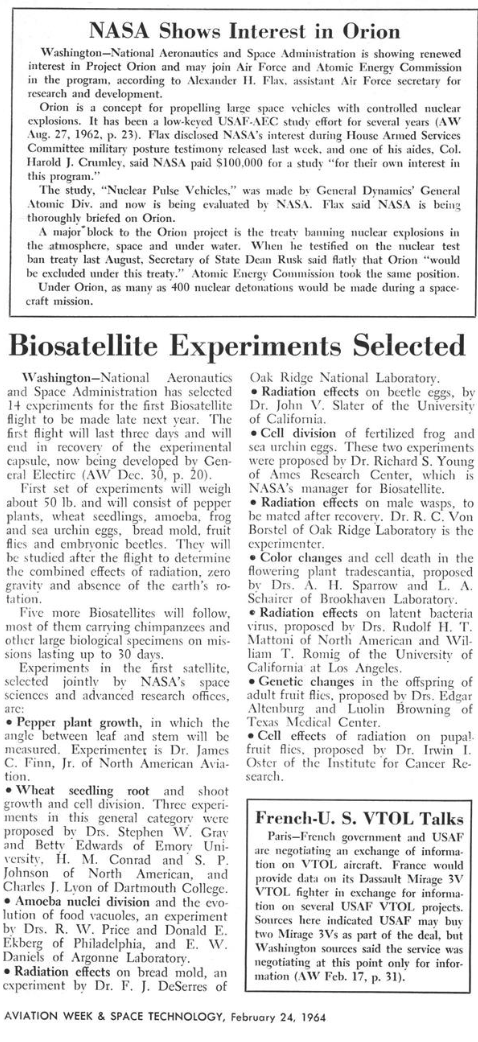Prophet141
ACCESS: Confidential
- Joined
- 25 April 2022
- Messages
- 142
- Reaction score
- 121
The Daedalus probe did not use pusher plates, it used magnetic confinement (which was a valid way of controlling the relatively small quantities of plasma it produced per pellet). And in regards to the "nuclear explosions", one was individual nuclear shaped charges, and one was small fuel pellets ignited by a complex array of electron beams. They used the same fuel, but that's more or less where the similarities end.

